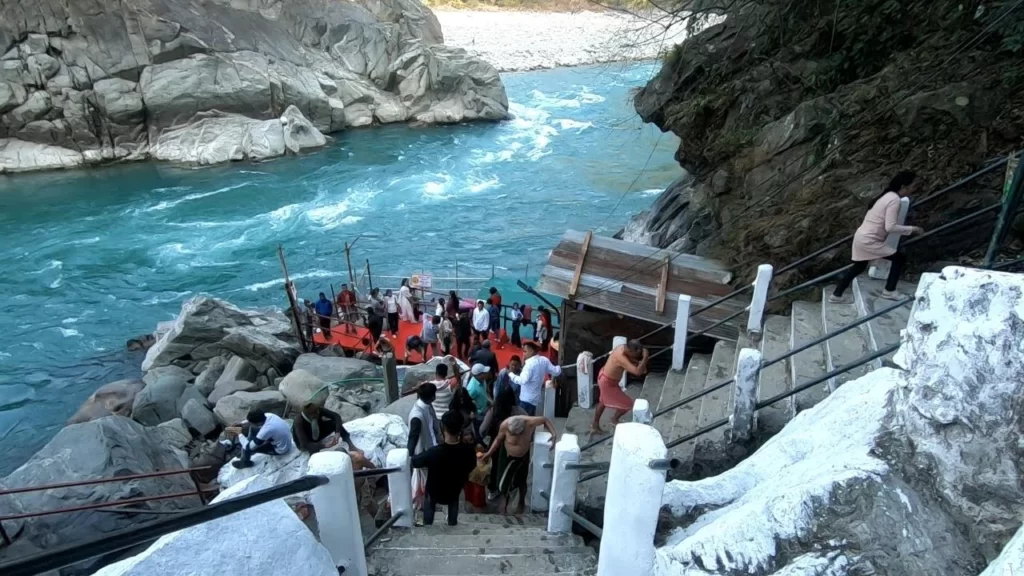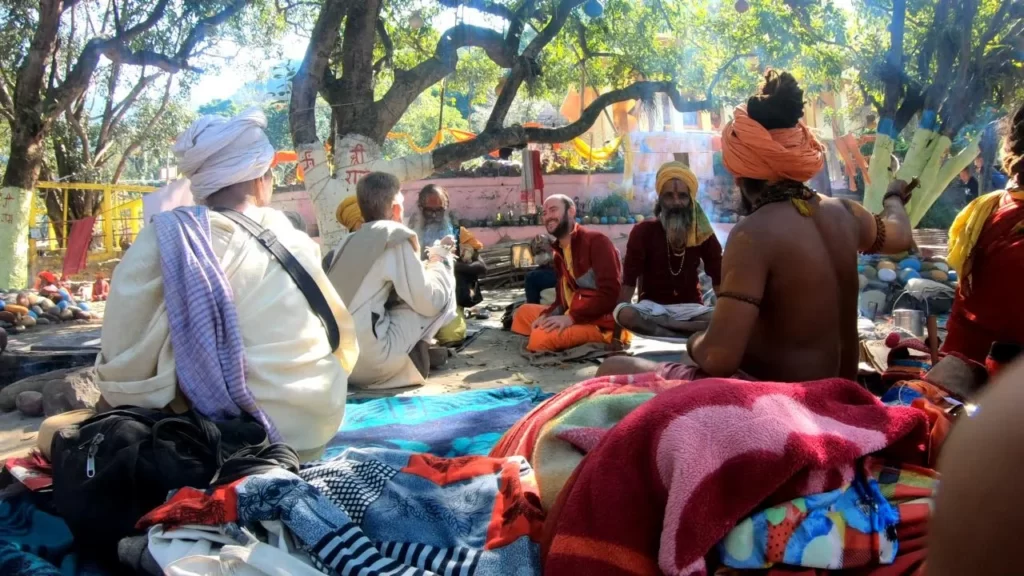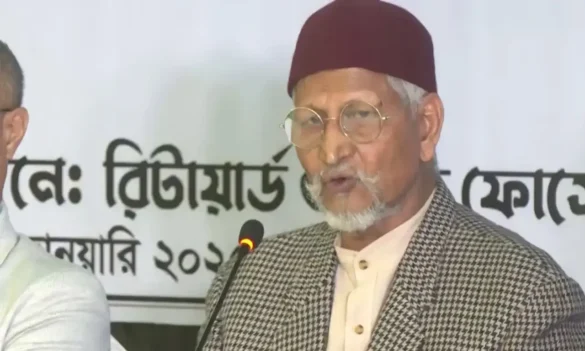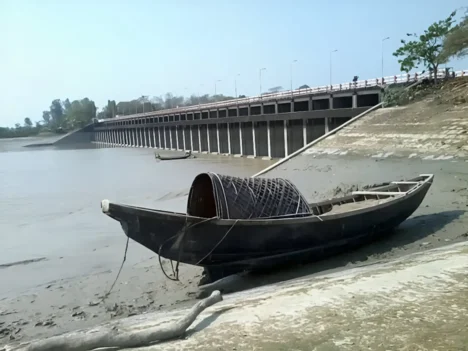By The Borderlens Desk
Parshuram Kund Festival: This is one time of the year that just about everyone waits for, to celebrate the onset of the harvest season in the most colourful and joyous ways. Just about everyone is prepared to brave the wintry chill and the intense cold wave to celebrate each of the festivals – Makar Sankranti or poush Sankranti, Lohri, Pongal and Bihu– with the same energy and fervor. For two days beginning on January 14, it will be all about traditional songs, dances, bonfires, food, pithas (equivalent to Indian pancakes, dumplings or fritters) and holy dips in sacred rivers and water bodies.

Thus, like every other place from Kerala to Punjab, to Bengal, Odisha and Assam, in a remote corner of India which equally connects us with our history and diverse cultural mosaic the stage is set to make these celebrations that much more special. These are the Parshuram Kund in Lohit district and the Malinithan temple in Arunachal Pradesh’s lower Siang district respectively. Thousands of Hindu devotees from all over India are thronging to these two places to take the holy dip and pray to the god and goddesses for a bountiful harvest as well as cure them of diseases and cleanse them of their sins.
Parshuram Kund Makar Sankranti Festival
At Parshuram kund pilgrims have to pour in to be part of the annual Makar Sankranti festival which begun on December 12. The day starts with a holy dip in the aqua blue water of the Lohit River next to the holy shrine of the Hindu saint Parshuram. The festival, which is celebrated every year on the 14th or 15th of January, is expected to see over 1.5 lakh tourists this year.
Situated at Telu Shati/Tailung area of Mishmi plateau in the lower reaches of the Lohit River within the Kamlang Reserve Forest area, Parshuram Kund is associated with the legend of Hindu sage Parshurama. The sage is believed to have washed away his sin of matricide in the waters of the Lohit river at Bramhakund. Each year thousands of pilgrims from all over the country congregate on Makar Sankranti day, to wash away their sins. The annual mela is held during this period.

While not far away in the Likabali sub-division of Arunachal Pradesh’s lower Siang district lies the Malinithan temple, where pilgrims from different parts of the country have gathered to offer similar puja take a holy bath at the nearby Akashi Ganga. The temple site is considered as an extremely holy pilgrimage site by the Hindus and followers of the Donyi Polo faith. The temple which is believed to be the home of Malini (Parvati) is situated on the rocky hills of the Ghagra and Ghai rivers in the Likabali sub-division.
The Malinithan archaeological site was discovered between 1968 and 1971 during a series of excavations by the NEFA administration. Stone sculptures of Hindu gods and goddesses such as Surya, Kartikam, Indra, Nandi bull, Raksah, Ganesh, and animal motifs such as bull, lion, and elephant were discovered. According to archaeologists Malinithan is a temple complex comprising of as many as four temple bases. No far no archaeological evidence or written records have been found which can establish the exact date of construction of the temple when or when the original temple structures were destroyed.
Meanwhile, the administration in Lohit district has made a number of preparations to ensure that the festival goes smoothly. According to Shashvat Saurabh, Deputy Commissioner of Lohit District special facilitation for tourists from outside and Assam have been made and coordination with Assam and other districts have been set up to make sure everything runs smoothly.
Malinithan Temple complex and archeological excavations of stone sculptors.
Photo Credit: Bidhayak Das
Check gates have been set up so that tourists can get temporary ILPs, and security arrangements have been made to keep everyone safe. Special buses have also been arranged to transport the tourists from one place to another. PSA systems have been allocated so that the tourists can receive information about the festival, and volunteers have been arranged from the Kund to the parking area to assist the visitors.
Food, and limited accommodation facilities have been made available for the pilgrims. In the previous year’s many people had thrown away their clothes in the vicinity, but they have been notified not to do so to join hands in the plastic-free initiative which is new to the festival this year. The deputy commissioner said that visitors are encouraged to use paper bags instead of plastic ones.
The Deputy Commissioner informed that the Vipra foundation sponsored paper bags and distributed over 25,000 paper bags. He also encouraged tourists to scan the QR code to register for the festival, and get access to medical and other emergency facilities.
At Malinithan Arunachal Minister of education Taba Tedir flagged off a ‘Malini heritage walk’ for three kilometres on December 12 which was organised as part of the Malini Mela. The Donyi-Polo government college assistant professor of Kamki, Duli Ete initiated the walk by leading it with a talk on ‘interface of education and heritage and history and archaeology of Malinithan’.






